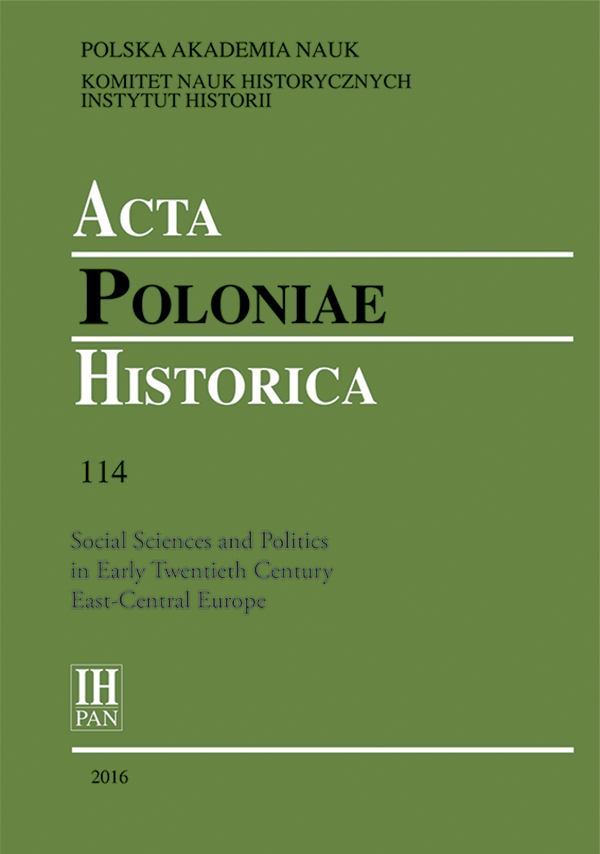The Tatar Military Art of War in the Early Modern Period: An Example of Asymmetric Warfare
The Tatar Military Art of War in the Early Modern Period: An Example of Asymmetric Warfare
Author(s): Andrzej GliwaSubject(s): History, Cultural history, Military history, Political history, Modern Age, Recent History (1900 till today)
Published by: Instytut Historii im. Tadeusza Manteuffla Polskiej Akademii Nauk
Keywords: asymmetric warfare; Tatar military art of war in the early modern period; organised violence; war amongst the people; south-eastern borderlands of the Polish-Lithuanian Commonwealth
Summary/Abstract: The present analysis of military operations carried out by Tatar Hordes in the sixteenth and seventeenth centuries has shown that these operations were basically shaped by asymmetric actions. Their main characteristics were secrecy of action up to the moment of attack, use of information-and-intelligence warfare struggle instruments, a total character of operations taken against civilians, their material resources and economic infrastructure, with use of terrorist tactics and means of psychological impact that aimed at intimidating the community under attack. The actions of Tatar Hordes were primarily focused on non-military aspects and took advantage not only of classic military tools but also a combination of political measures and instruments as well as those typical of economy, these including a variety of economic and demographic pressures. Pursuing asymmetric action was in the hands of the Giray (Gerey) dynasty one of the most important tools enabling them to efficiently achieve their political goals in the international arena and to support the economic development of the Crimean Khanate through permanent transfers of slaves and tangible property of various sorts.
Journal: Acta Poloniae Historica
- Issue Year: 2016
- Issue No: 114
- Page Range: 191-229
- Page Count: 39
- Language: English

